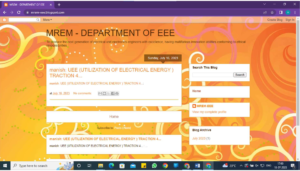INNOVATIONS BY THE FACULTY IN TEACHING AND LEARNING
Traditional Teaching Method: “chalk-and-talk” method and LCD projector transparencies. This learning perspective is a popular technique, which has been used for decades as an educational strategy in all institutions of learning.
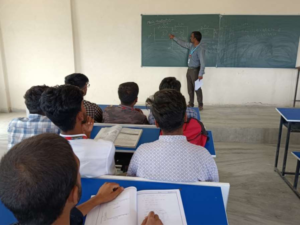
Figure5.5.0. Chalk-and-talk
The main objective of this innovation process is to make teaching More Effective.
- Visualization: Utilizing visualization to bring academic concepts to life through practical learning experiences, including photos and videos.
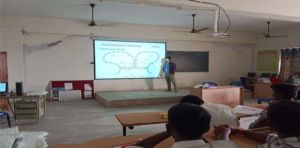
Figure 5.5.1. Visualization: Power System-I, Tidal Energy
- Cooperative Learning: Encouraging cooperative learning among students with varying abilities, promoting group work and knowledge sharing.
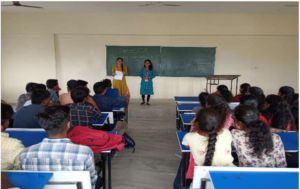
Figure 5.5.2. Knowledge Sharing
- Inquiry-Based Instruction: Posting thought-provoking questions to stimulate independent thinking and foster independent learners.
- Behaviour Management: Implementing effective strategies to manage behaviour, ensuring equal opportunities for all students to reach their full potential.
- Professional Development: Encouraging continuous learning and growth among faculty members.
- Retrieving Information: Encouraging students to retrieve knowledge from various subjects and interconnect it with future topics, for instance, through the use of mind maps.
- Test, Quiz, Interaction: Incorporating quizzes for knowledge retention and self-assessment, providing valuable data on the effectiveness of the learning module.
- Multimedia and Online Resources: Incorporating Multimedia and Digital Assets: Integrate a range of multimedia elements such as videos, animations, interactive simulations, and online platforms to enrich the learning process. Leverage e-books, forums, and educational websites as supplementary resources, offering students further avenues for independent study and research.
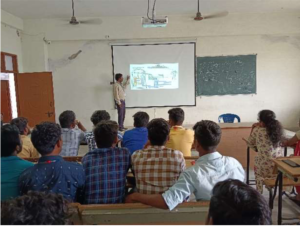
Figure 5.5.3. Teaching through Animation
- Repeat to Retain: Offering overviews of previously taught topics to reinforce learning.
- Real-World Application: Linking topics to real-world problems, making learning relevant and practical.
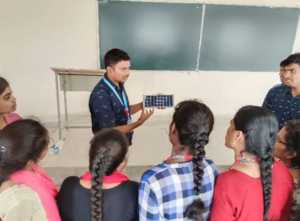
Figure 5.5.4. Teaching with the Physical Model
- Higher Blooms Taxonomy Objectives: Creating opportunities for higher-order thinking and problem-solving skills. In developing student learning outcomes, it’s crucial to differentiate between broad course goals and specific learning objectives. The former focuses on the content the instructor intends to convey, while the latter emphasizes what students will know or be able to do by the end of the learning experience.
Faculty aims for students to:
- a) Have Access to Coursework 24/7:Through the Internet and subject groups, ensuring continuous learning opportunities.
- b) Embrace Online Learning:Recognizing the prevalence and effectiveness of online education.
- c) Maintain a Repository of Materials:Organizing, managing, and linking course files to enhance learning.
- d) Participate in Subject Groups:Encouraging collaborative learning environments.
- Student-Centric Teaching-Learning Process: The Faculty innovations in teaching and learning encompass the following aspects:
- Focused Group Study: Students are organized into specific groups and given particular topics to delve into using resources like library books, the internet, and journals. They then discuss their findings in class, guided by the teacher. The aim is to create a safe space for open discussion, ensuring participants feel comfortable expressing their opinions.
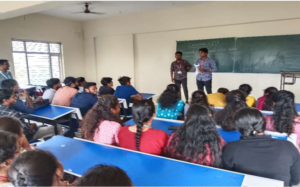
Figure 5.5.5. Sample Group Study Photograph
- Simulation Classes and Virtual Labs: We utilize e-content, including animations and visuals from platforms like YouTube, to provide a comprehensive understanding of concepts. This approach combines theory, practice, and feedback, allowing students to grasp the practical applications of what they learn.
LINK: https://www.vlab.co.in/
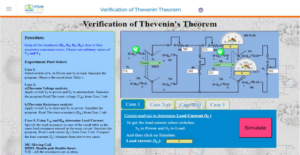
Figure 5.5.6. Virtual Lab by IIT Kharagpur
- Web-Based Learning: The internet serves as a vast resource for information and media, allowing students to create self-directed learning environments. Its interactivity enables learners to gather pertinent information, aiding them in achieving their learning goals. Our campus provides round-the-clock internet access to facilitate uninterrupted learning.
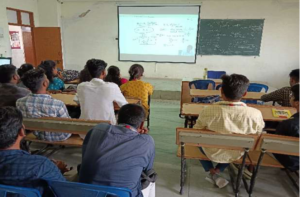
Figure 5.5.7. NPTEL Video Lecture
- Pedagogical Initiatives: In addition to conventional teaching methods, we incorporate various techniques like visual aids, real-world examples, group assignments, and interactive discussions to enrich the learning experience.
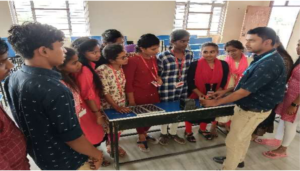
Figure 5.5.8. Teaching with the Physical Model
- Group Discussions: These sessions are designed to foster problem-solving skills through simulations and collaborative efforts.
- Quality Laboratory Experiments: Our labs are equipped with state-of-the-art equipment and follow standardized procedures. Students work in small groups, maintaining detailed records of their experiments. Teachers provide immediate feedback, ensuring a thorough understanding.
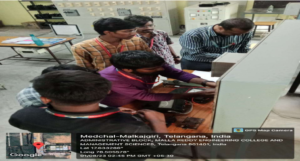
Figure 5.5.9. Laboratory Experiment
- Student Assessment: We analyze unit and class test results to identify both struggling and high-achieving students.
- Support for Weak Students: We offer regular counselling and mentorship, closely monitoring their progress and arranging extra classes for subjects they struggle with. Study groups with brighter peers and an emphasis on attendance help strengthen their performance.
- Support for Bright Students: We challenge high-performing students with advanced assignments and encourage their participation in external events, such as seminars, conferences, and competitions. Additionally, we promote their involvement in research and mentorship of peers.
- Teaching through social media platforms: Social media platforms are being included into MREM institution educational systems to enhance student life in general and contact with peers in particular. It gives institutions a quick and simple way to communicate with students and lets them give and receive feedback. Over the past ten years, social media usage has increased dramatically since, according to current Statistics, practically all college students use some kind of social networking website. Research indicates that 99% of college students utilize social media sites like Facebook, YouTube, and Twitter, which are frequently used by educational institutions to communicate with students and easily give information. Schools also believe that using technology to communicate information is essential to students’ progress.
YouTube channel: MREM-EEE
LINK: https://youtube.com/@MREM-EEE?si=KB2XG2TAgkBRtgP5
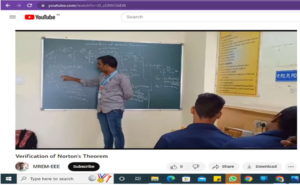
Figure 5.5.10. Teaching through social media
BLOGGER channel: MREM – DEPARTMENT OF EEE
